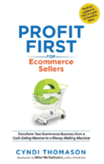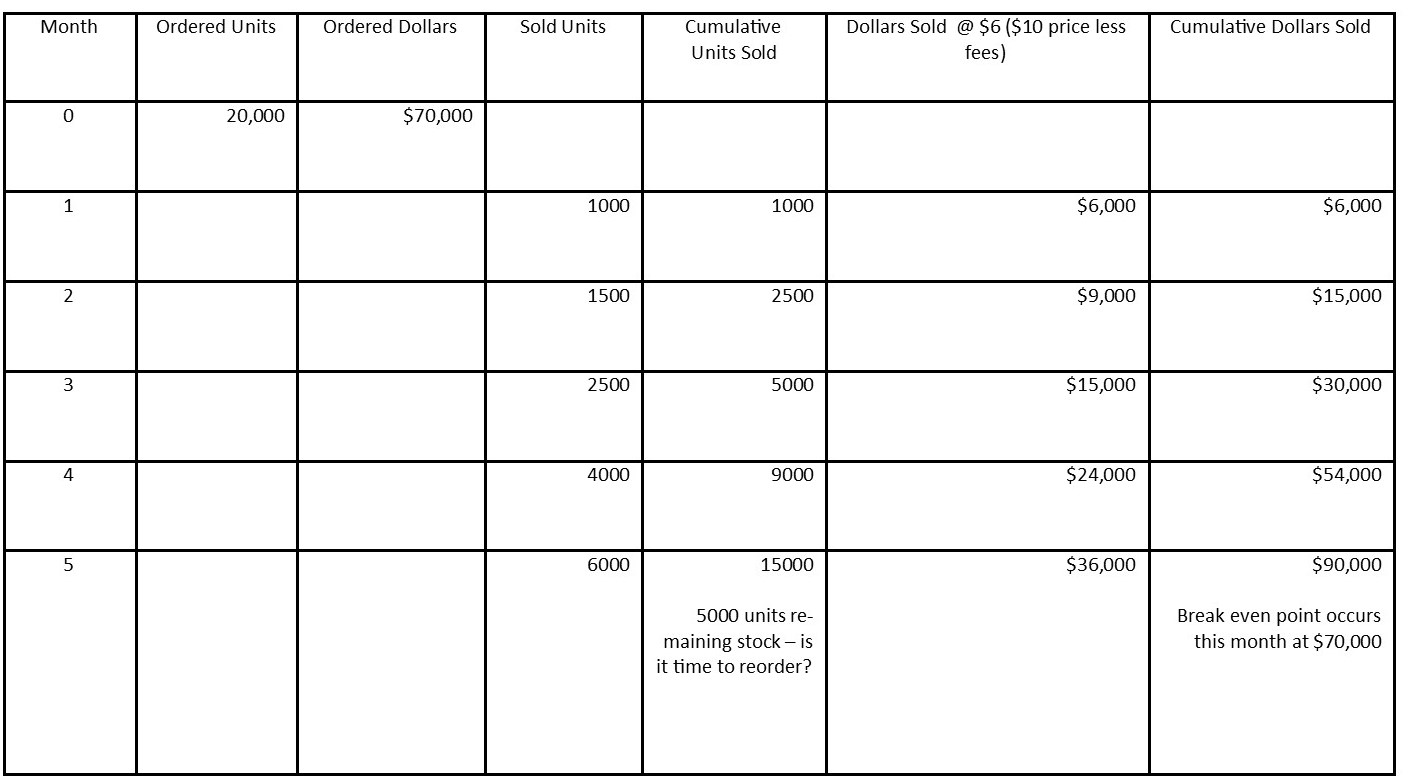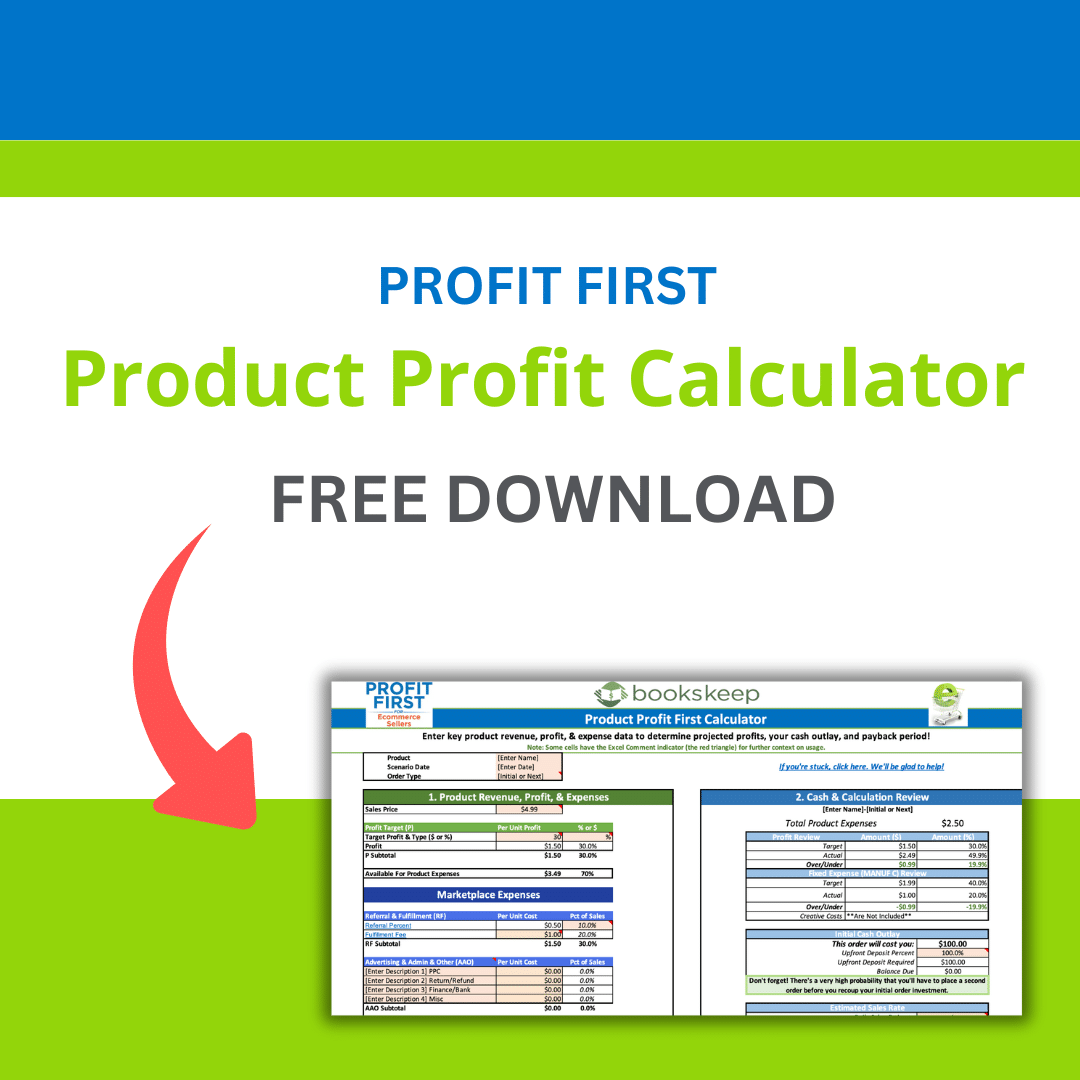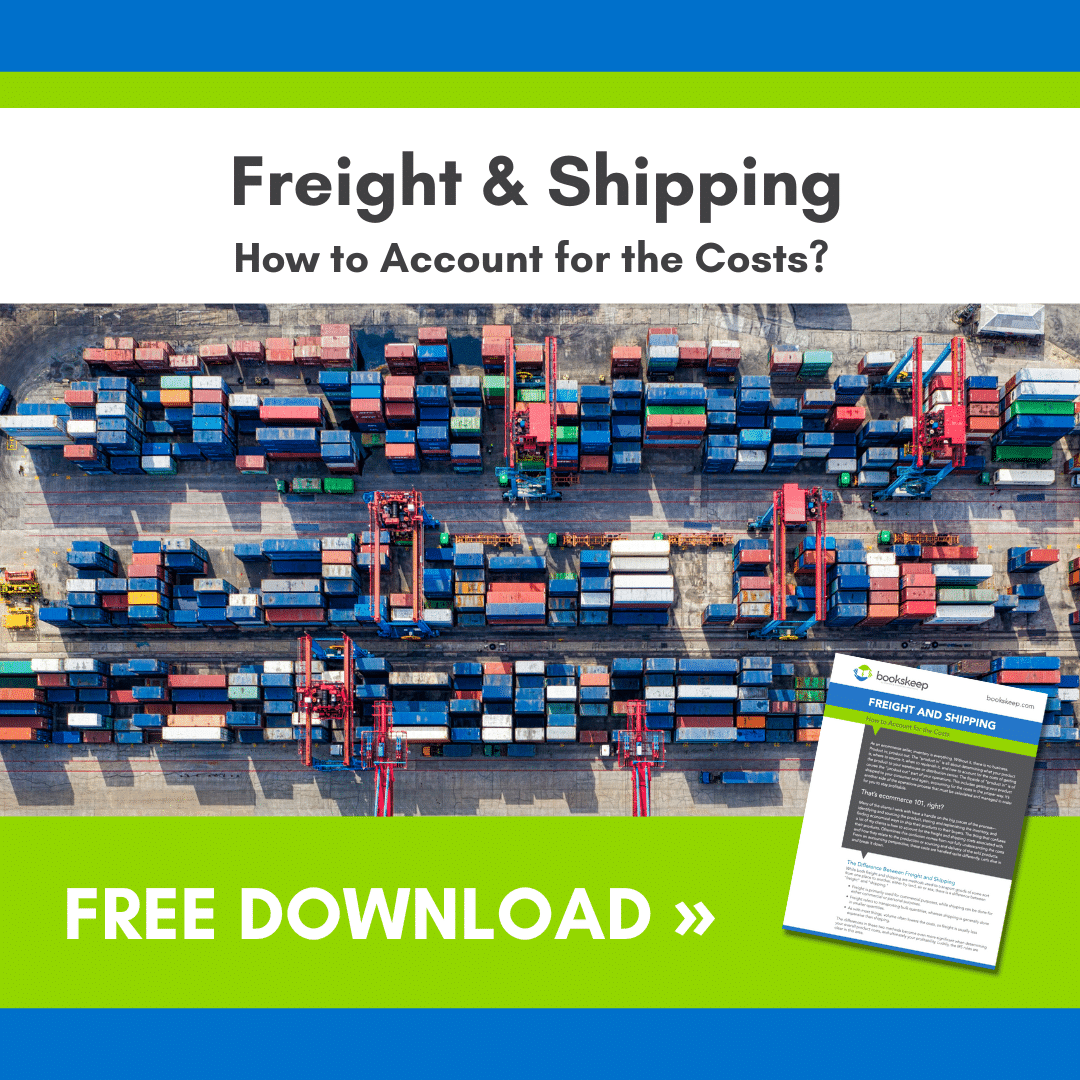Gross Margin is the one key metric that every business should monitor, even if they do nothing else. You need to understand if your Cost of Goods Sold and your Cost of Sales is less than your Total Sales by enough to fund your operation, pay yourself and your taxes and reward you as the business owner. When you understand Gross Margin, designing a product for profitability is no problem!
Build in profitability from the beginning.
Our recommended Gross Profit Margin is 30%. At the end of the day, how do you ensure that your products are going to yield that level of margin? You build products for profitability from the beginning.
The typical approach we hear described for evaluating products goes like this: “I start with the cost of the product; what can I get it made for? Then I add on prep costs, shipping, Amazon fees and marketing. Then I evaluate whether it is worth the effort.” At this point in the process, you’ve already invested a lot of effort, so it’s hard to turn back or walk away. You are already in love with the product; the supplier is now a friend and you have imagined the fortune that will soon be yours. It’s also likely that you haven’t quantified what a reasonable return will be for you. This approach can leave you with less than optimal results. Instead, why not evaluate your products beginning with the end in mind?
Here’s how it would work.
Thinking through it as you, the seller…”I think a new widget would be a great addition to my product line. What can I sell it for? If I can sell it for $10, then I want to have $4 set aside for my profit (40% Gross Profit Margin). That leaves me with $6 to get it made, prepped and shipped, and cover the fees.”
Now, run a quick estimate of the fees and you see that they are $2.50. That leaves you with $3.50 to get it made, prepped and shipped. Talk with your suppliers and get a quote for production and estimate the shipping. Can you get it made within your budget? If not, walk away without hesitation! The danger is real. If you can’t start out making money, it is super hard to grow into making money. Over time, competition will erode your margins and your product may become antiquated and need a redesign. You need to build in enough profits to make the product work in the long run.
Be aggressive in the beginning.
Now I bet you’re questioning why I chose 40% Gross Profit Margin, when earlier in the article I said 30% Gross Profit Margin. Here’s why I recommend you use a more aggressive margin to start with. First, you have additional marketing costs that are hard to quantify at the start of a project. You may need designers or brand consultants to help. You will most certainly do some type of advertising. In addition, there are always costs that aren’t anticipated or planned—The first shipment has a special inspection, or your product profitability is seasonal and to meet the selling window, you must ship by air. This 10% difference in margin is there to cover those unexpected costs.
You’re not done yet.
Realistically, you need to think about your sales forecast and how long it will take you to recoup your investment. Once you determine that you can bring a product to market at a reasonable cost to you and that it will sell, then you must forecast how many units you can sell per month. Back to thinking as you, the seller…”Our $10 widget is projected to sell 6000 a month, but it will take five months to get to that level and our minimum order quantity is 20,000 units. I will have to invest roughly $70,000 (20,000 units * $3.50) to get the product to Amazon, and in five months I will be selling $60,000 worth of product ($10 per item * 6000 units sold). However, the fees and advertising will be deducted, and I will actually receive $36,000 cash ($6 per item * 6000 units sold).”
The sales forecast by month will show you when you will break even. It will also show you when you will need additional cash to place your replacement order. Oftentimes that replenishment order comes very quickly after a product hits the market, if you’re lucky! You must be prepared and have the capital set aside to make that deposit on your replenishment order.
Trust the backwards equation.
If this all sounds a bit backwards to you, I understand. It is not conventional. It is based on the Profit First methodology that turns the entire business equation upside down. The familiar equation, Sales – Expenses = Profit becomes Sales – Profit = Expenses. You can see the product evaluation we just described starts with sales and then sets aside profits and you’re left with expenses.
This evaluation is a micro-application of the bigger picture of how cash flows in your business. Why wait until the end of the month to see if your numbers show you made a profit? Build profit into the product at the design stage and you will always know that you are making a profit.
Interested in Profit First for Ecommerce Bookkeeping?

You can also sign up for the Profit First for Ecommerce Sellers Online Course. As a Mastery Level, Certified Profit First Professional, I will teach you why Profit First works so well for ecommerce businesses and the particular challenges for businesses that have physical products requiring inventory management. You will learn how your behavior drives your money management habits for your business and how you can set up your business bank accounts to work with your habits. Contact bookskeep today for more information on ecommerce accounting and bookkeeping.





Leave a Comment